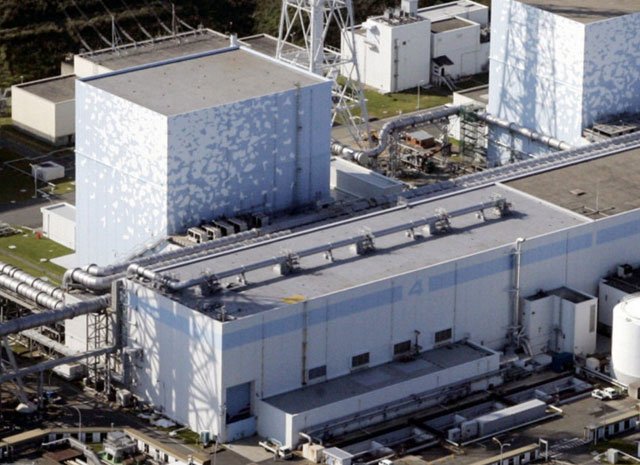Inside a Japanese nuclear power plant
The video was written by IDG reporter more than 3 years ago, during a visit to the No. 3 reactor of the Kashiwazaki Kariwa nuclear power plant.
The crackdown on radioactive substances at the Fukushima Daiichi nuclear power plant has flooded the TV screen in recent days. The Daiichi Fukushima plant is affected by the March 11, 2011 earthquake and tsunami, and subsequent cooling problems have caused a nuclear accident, which could cause the plant to never start. come back.

Fukushima Daiichi Factory.
Images of damaged power plants will not be easily forgotten, but what will a nuclear power plant look like?
The following video was made by IDG reporter over three years ago, during a visit to the No. 3 reactor of the Kashiwazaki Kariwa nuclear power plant. Kashiwazaki Kariwa is the largest nuclear power plant in the world in terms of power output, up to 7 reactors, built in the mid-1990s (Fukushima Daiichi factory was built in the mid-1970s).
Inside the reactor building, everything was huge. The internal pressure is slightly lower than the outside, so the air is not pushed out of the building. To keep it that way, the front doors will not open unless the rear door is closed.
When moving toward the center of the building, IDG reporter went to a row of shiny posts. They are hydraulic pumps for moving pull bars that control the reaction at the core. Reactor 3 has 185 pumps, 1 pump for each.
At the center of the building is a meter-thick separating system, and inside is a maze of pipes, valves, and machines. Outside the divider there's a large pump several meters high. This is one of the pumps that pumps liquids into the core of the reactor to prevent nuclear reactions. Similar pumps at Fukushima had trouble.
And on top of the building is a used fuel tank. This is where the fuel rods are used for cooling. Another problem facing the Fukushima plant is the loss of water from such a reservoir. The bars are transported from the reactor to the cooling tank by a large crane, usually located right on top of the building.
- Fire in kiln No. 4 Japanese nuclear power plant
- It takes 40 years to close Japanese nuclear power plant
- Japan built a new nuclear power plant in Aomori
- The weakness of the Japanese reactor cooling system
- There are signs of nuclear decay at Japanese power plants
- How serious is the explosion at Japanese nuclear power plants?
- Volcanoes near the Japanese nuclear power plant are about to explode
- Explode again at the Japanese nuclear power plant
- Explosion a third time at the Japanese nuclear power plant
- He built the first new generation nuclear power plant
- Russia is committed to building safe nuclear power for Vietnam
- International discussion on nuclear power safety in Ninh Thuan
 'Fine laughs' - Scary and painful torture in ancient times
'Fine laughs' - Scary and painful torture in ancient times The sequence of numbers 142857 of the Egyptian pyramids is known as the strangest number in the world - Why?
The sequence of numbers 142857 of the Egyptian pyramids is known as the strangest number in the world - Why? History of the iron
History of the iron What is alum?
What is alum? One of the most dangerous plants in the world grows wild in Vietnam.
One of the most dangerous plants in the world grows wild in Vietnam.  Special uses of a highly poisonous plant that grows throughout Vietnam
Special uses of a highly poisonous plant that grows throughout Vietnam  Unique plant species in Vietnam: It 'dances' whenever it hears music, many people have never seen it before
Unique plant species in Vietnam: It 'dances' whenever it hears music, many people have never seen it before  Discovering a unique new plant species near the Vietnam border, China wants to immediately put it in the Red Book
Discovering a unique new plant species near the Vietnam border, China wants to immediately put it in the Red Book  Did you know: Where did the first seeds come from?
Did you know: Where did the first seeds come from?  Top 5 plants with special abilities
Top 5 plants with special abilities 